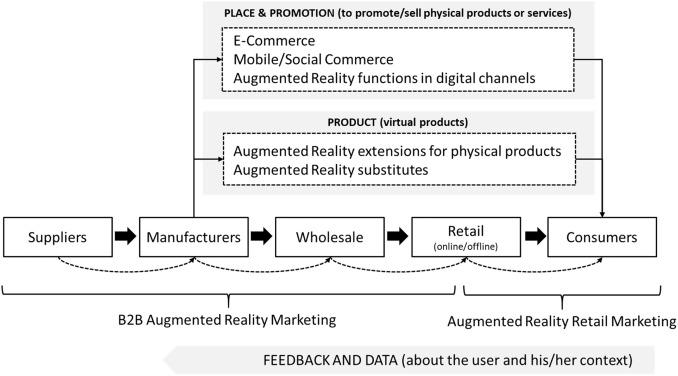Unlocking the future: The Impact of International Collaborations in Educational Technology
The rapid evolution of educational technology (edtech) is changing the way knowledge is shared and acquired across borders.As the digital age blurs the lines between countries, international collaborations in educational technology are shaping the future of global education, creating opportunities for innovation, inclusivity, and improved learning outcomes on a grand scale.
In this article,we’ll dive deep into the transformative impact of cross-border partnerships in EdTech,highlight real-world success stories,explore benefits and challenges,and offer practical strategies for institutions aiming to leverage the power of global EdTech collaborations.
- Why Global EdTech Collaborations Matter
- Key Benefits for educators and Students
- Transformative Case Studies in EdTech Collaboration
- Challenges and How to Overcome Them
- Practical Tips for Successful International EdTech Collaborations
- Conclusion: Harnessing the Power of Collective Innovation
Why Global EdTech Collaborations Matter
the world’s educational needs are as diverse as its cultures, but the challenges faced—ranging from accessibility issues to quality assurance—are often worldwide.International EdTech collaborations bridge the gap between technological advancements and educational necessities,facilitating:
- Wider dissemination of innovative teaching tools and learning platforms.
- Equal access to high-quality education materials irrespective of geographical location.
- Accelerated research and development in digital pedagogy and adaptive learning.
- Cross-pollination of ideas, ensuring inclusivity and cultural sensitivity in educational content.
With the rising importance of digital classrooms, cross-border partnerships enhance the reach and effectiveness of EdTech solutions, empowering both educators and learners globally.
Key Benefits for Educators and Students
International partnerships in educational technology bring myriad advantages to various stakeholders. here are some of the top benefits:
1. Improved Accessibility and Inclusivity
- Sharing adaptive technologies tailored to diverse learning needs, including learners with disabilities.
- Co-developing multi-language and culturally relevant content for broader engagement.
2. Enhanced Professional Development
- Joint faculty training programs boost educational expertise and pedagogical skills.
- Opportunities for educators to engage with global peers, access international resources, and adopt best practices.
3. collaborative Research and Innovation
- Pooling resources to develop breakthrough learning management systems (LMS) and personalized learning solutions.
- Leveraging global data to refine AI-based educational tools and curriculum design.
4.scale and Sustainability
- Shared investment in EdTech platforms allows for robust,scalable educational solutions.
- Co-created projects often have higher rates of sustainability and global impact.
5. Real-World Skills and Global Competency
- Students benefit from exposure to international perspectives, encouraging digital literacy and cross-cultural understanding.
- Collaborative projects and virtual exchange programs foster teamwork and interaction skills relevant to the future workforce.
Transformative Case Studies in EdTech Collaboration
To better understand the transformative potential of global partnerships in educational technology, let’s explore some inspiring real-world examples:
Case Study 1: UNESCO Global Education Coalition
In response to the COVID-19 pandemic, UNESCO formed a Global Education Coalition,uniting public and private organizations from over 90 countries. By pooling expertise in digital tools, the coalition enabled remote learning for more than 1.5 billion students worldwide,especially in regions with limited connectivity.
Case Study 2: The Global Learning XPRIZE
The Global Learning XPRIZE challenged teams from around the world to create scalable, open-source EdTech solutions targeting illiteracy. The winning teams from the U.S. and the U.K. collaborated across continents, producing software that drastically improved reading skills among children in rural Tanzania.
Case Study 3: EdX Joint Ventures
EdX, founded by Harvard and MIT, functions as a broad-based MOOC platform. By collaborating with over 160 institutions worldwide, EdX has democratized access to high-quality education, enabling learners from 196 countries to access world-class online courses and micro-credentials.
challenges and How to Overcome Them
While the benefits are compelling, international EdTech collaborations also present challenges, including:
- Data Security & Privacy: Navigating varying data protection regulations such as GDPR or COPPA.
- Technological Disparities: Addressing differences in infrastructure and digital literacy across countries.
- Cultural and Linguistic Barriers: Ensuring content is locally relevant and inclusive.
- Sustainability: Securing ongoing funding and commitment from partners.
Tackling these issues requires adaptive strategies, transparent communication, and a commitment to inclusivity. Utilizing international frameworks and standardization can facilitate smoother collaboration.
Practical Tips for Successful International EdTech Collaborations
If you’re considering launching or joining an international EdTech partnership, here are some actionable recommendations:
- Start with Shared Vision and Values: Align on a common mission and measurable goals from the outset.
- Leverage Technology to Bridge gaps: Invest in cloud-based platforms, real-time translation, and collaborative tools.
- Respect Local Contexts: Co-create solutions with local educators and stakeholders to ensure cultural relevance.
- Pilot, Measure, and Scale: Launch small-scale pilots, gather data rigorously, and iterate before scaling up.
- Prioritize Open Access and Interoperability: Use open-source standards and apis to ensure seamless integration between systems.
- facilitate Professional Development: Offer ongoing training to teachers and tech staff on new tools and methodologies.
First-hand Experience: Voices from the Field
“Partnering with universities in Europe and Asia has helped us develop adaptive learning modules that are both innovative and grounded in diverse educational realities. The students love the global perspectives, and our faculty has grown tremendously from shared professional development sessions.”
— Dr. Maria Alvarez, Director of Digital Learning Initiatives, University of São Paulo
Conclusion: Harnessing the Power of Collective Innovation
The future of educational technology lies in our ability to work together beyond geographical boundaries. International collaborations bring fresh perspectives, robust innovation, and scalable solutions that address both immediate and long-term educational challenges.
As we unlock the future of learning, it is these global EdTech partnerships that will lay the heart of digital education ecosystems—paving the way for a more connected, equitable, and empowered world.
Whether you’re part of a school, university, EdTech startup, or government agency, embracing international collaboration isn’t just an option—it’s the key to unlocking limitless opportunity in education.

